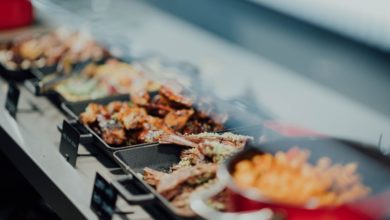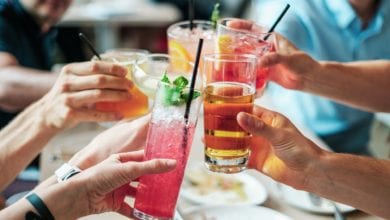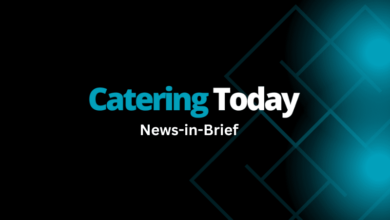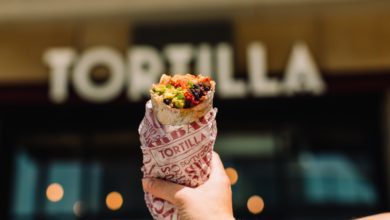Features
The demand of non-alcoholic beer and how it’s set to change in 2018
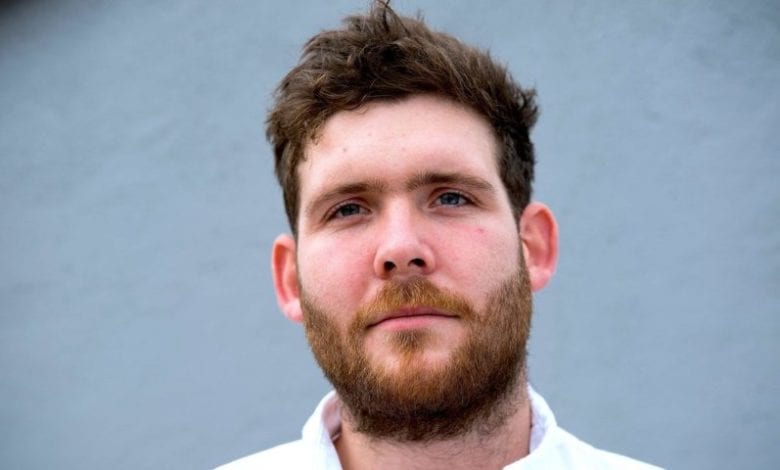
We are entering an age of moderation. Last year, Britain knocked back a record 18.2 million litres of non-alcoholic beer, while the extra strong beer industry lost £8.9m.You'll need to
subscribe to unlock this content. Already subscribed? Login?


